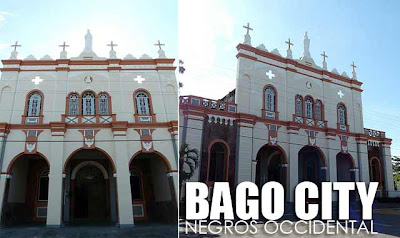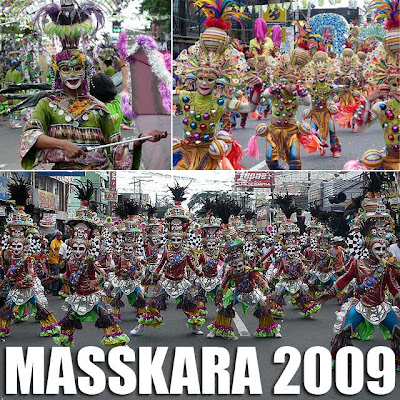 George Town in Penang is a living testament to the multicultural heritage of Asia as well as European colonial influences. As I stood in front of the Buddhist Goddess of Mercy Temple, I noticed a small Hindu shrine and stalls of garland makers. Just a few meters away was a joss stick maker. Down the same street as the temple is the Anglican St. George's Church. As I walked towards the church, a call to prayer echoed from the minaret of a centuries-old mosque.
George Town in Penang is a living testament to the multicultural heritage of Asia as well as European colonial influences. As I stood in front of the Buddhist Goddess of Mercy Temple, I noticed a small Hindu shrine and stalls of garland makers. Just a few meters away was a joss stick maker. Down the same street as the temple is the Anglican St. George's Church. As I walked towards the church, a call to prayer echoed from the minaret of a centuries-old mosque.There are several ways to experience old Penang. I’ve tried out the trishaw with the driver serving as your guide. But to me, the best way to explore and appreciate the rich cultural heritage of Penang is on foot.
 As soon as I found a place to stay for the night and dropped my bags, I was off. Before you start, make sure you have a street map of George Town. There is a really good free map published by Areca Books which not only marks important architectural landmarks, but also some recommended food outlets, local crafts and trades, and places to shop for things that are uniquely Penang.
As soon as I found a place to stay for the night and dropped my bags, I was off. Before you start, make sure you have a street map of George Town. There is a really good free map published by Areca Books which not only marks important architectural landmarks, but also some recommended food outlets, local crafts and trades, and places to shop for things that are uniquely Penang.I tried to cover as much ground as I could given that I only had a day in Penang. But what is very obvious and commendable is that Penang's heritage has undergone a lot of restoration especially after its inscription in the UNESCO World Heritage List last year.

 Among the sites I got to visit were religious structures of various faiths. There's the Goddess of Mercy Temple (Buddhist & Taoist) which is Penang's foremost Chinese temple established in 1800; and the Sri Maha Mariamman Temple (Hindu) consecrated in 1833.
Among the sites I got to visit were religious structures of various faiths. There's the Goddess of Mercy Temple (Buddhist & Taoist) which is Penang's foremost Chinese temple established in 1800; and the Sri Maha Mariamman Temple (Hindu) consecrated in 1833.
 St. George's Church built in 1818 is Southeast Asia's first Anglican church. While the Church of the Assumption (Catholic) dates back to 1787. The current structure was built in 1860 and was elevated to a Cathedral in 1955.
St. George's Church built in 1818 is Southeast Asia's first Anglican church. While the Church of the Assumption (Catholic) dates back to 1787. The current structure was built in 1860 and was elevated to a Cathedral in 1955. Nagore Shrine is a Tamil Muslim shrine to the Saint of Nagore. While the Kapitan Keling Mosque (also Tamil Muslim) was founded in 1801. The Malay Mosque in Lebuh Aceh was founded in 1808.
Nagore Shrine is a Tamil Muslim shrine to the Saint of Nagore. While the Kapitan Keling Mosque (also Tamil Muslim) was founded in 1801. The Malay Mosque in Lebuh Aceh was founded in 1808.Part 1: Bus trip from Kuala Lumpur to Penang, Malaysia
Related entries
Following the heritage trail in Penang
Melaka, Malaysia is a historic city of the Straits of Malacca
More Straits Settlements history in Malacca
Banana Guest House
355/357/359 Chulia Street
+60 4 2626171
info@banananewguesthouse.com

















